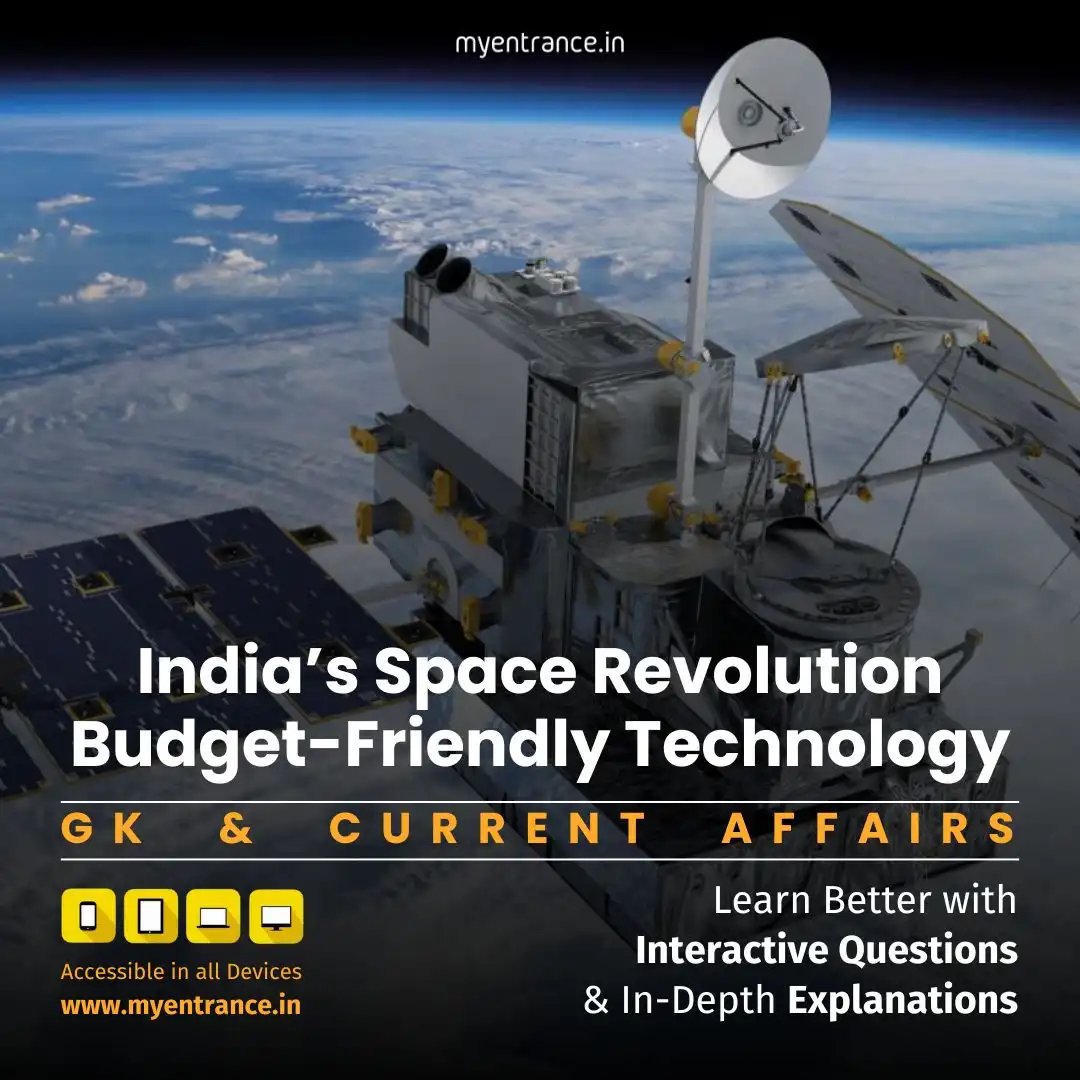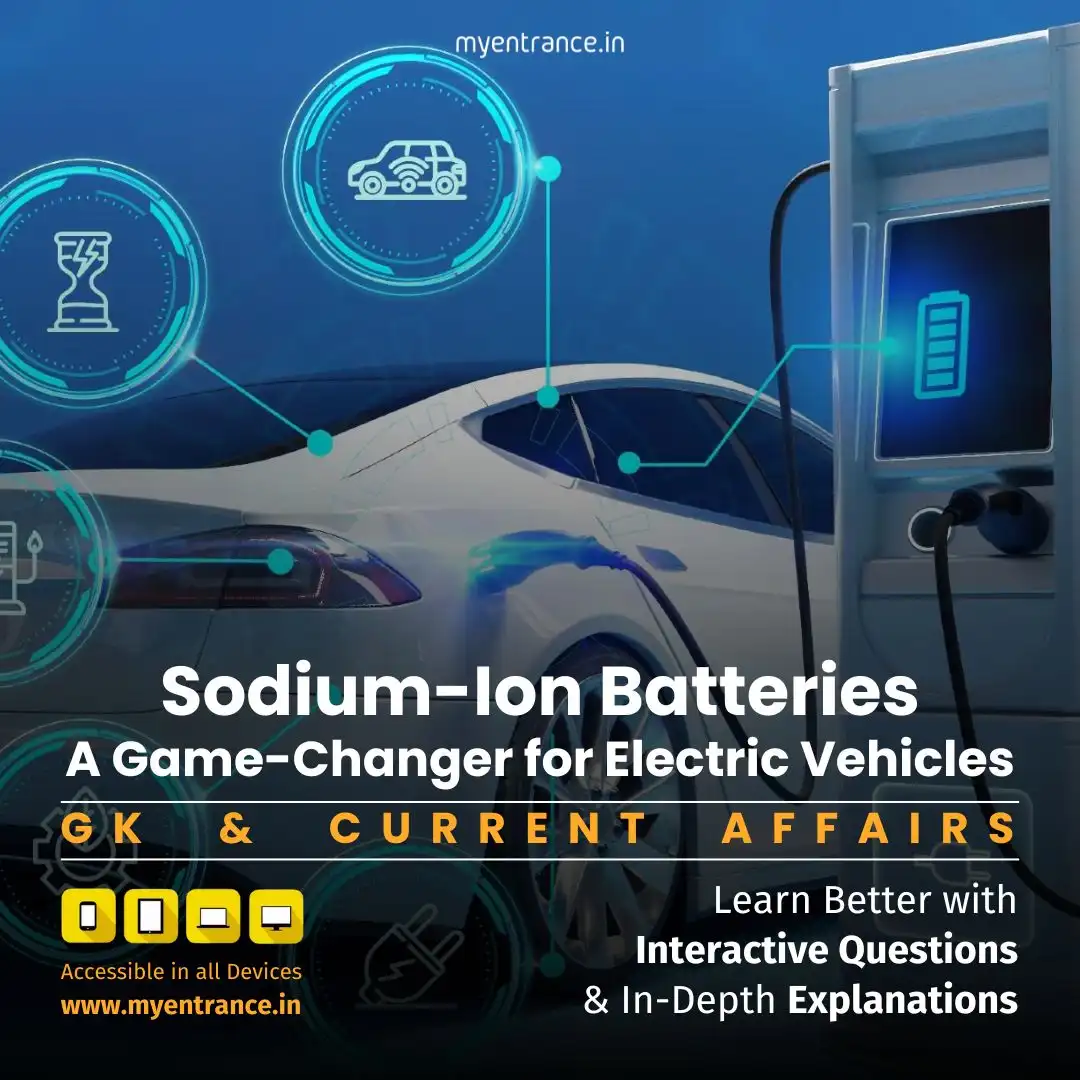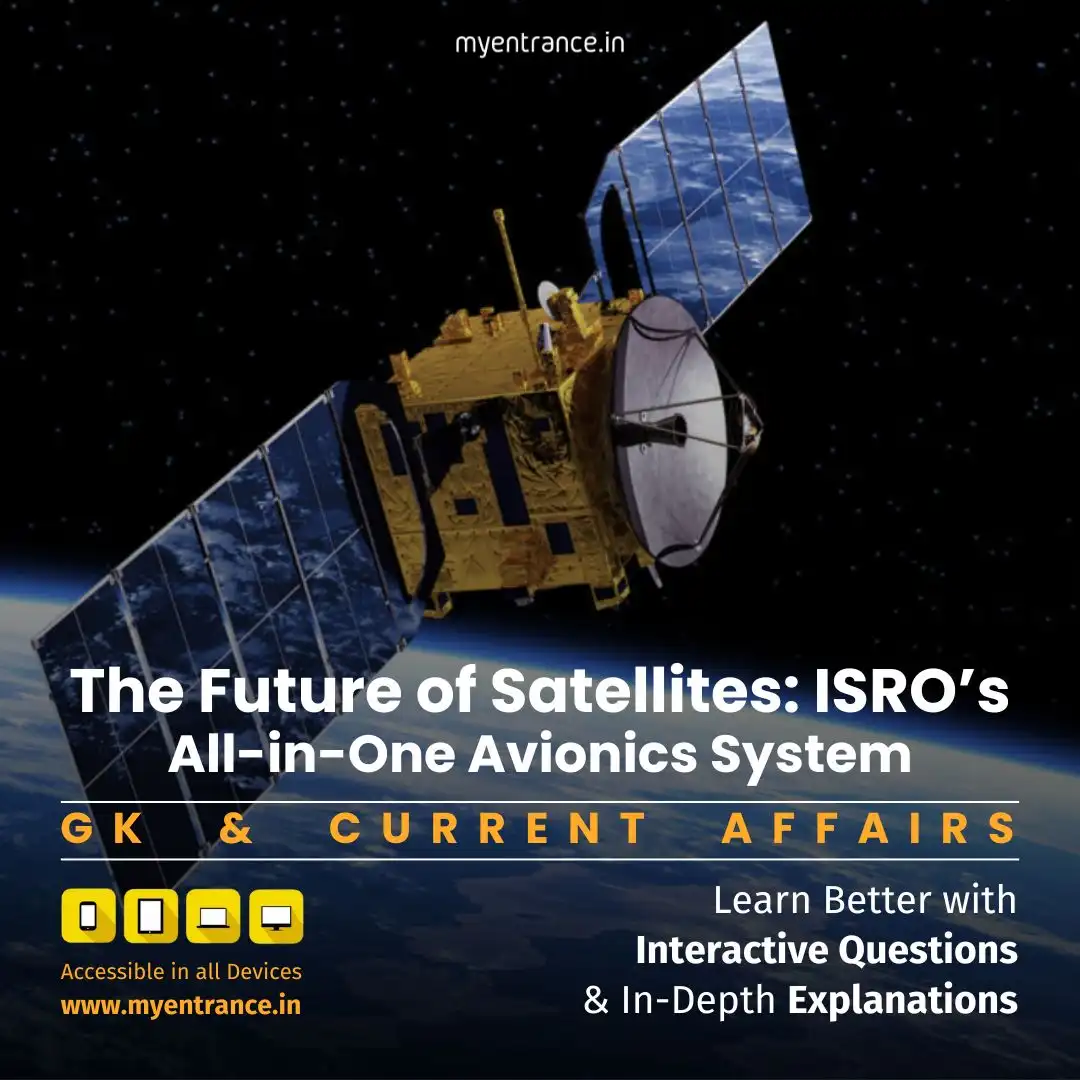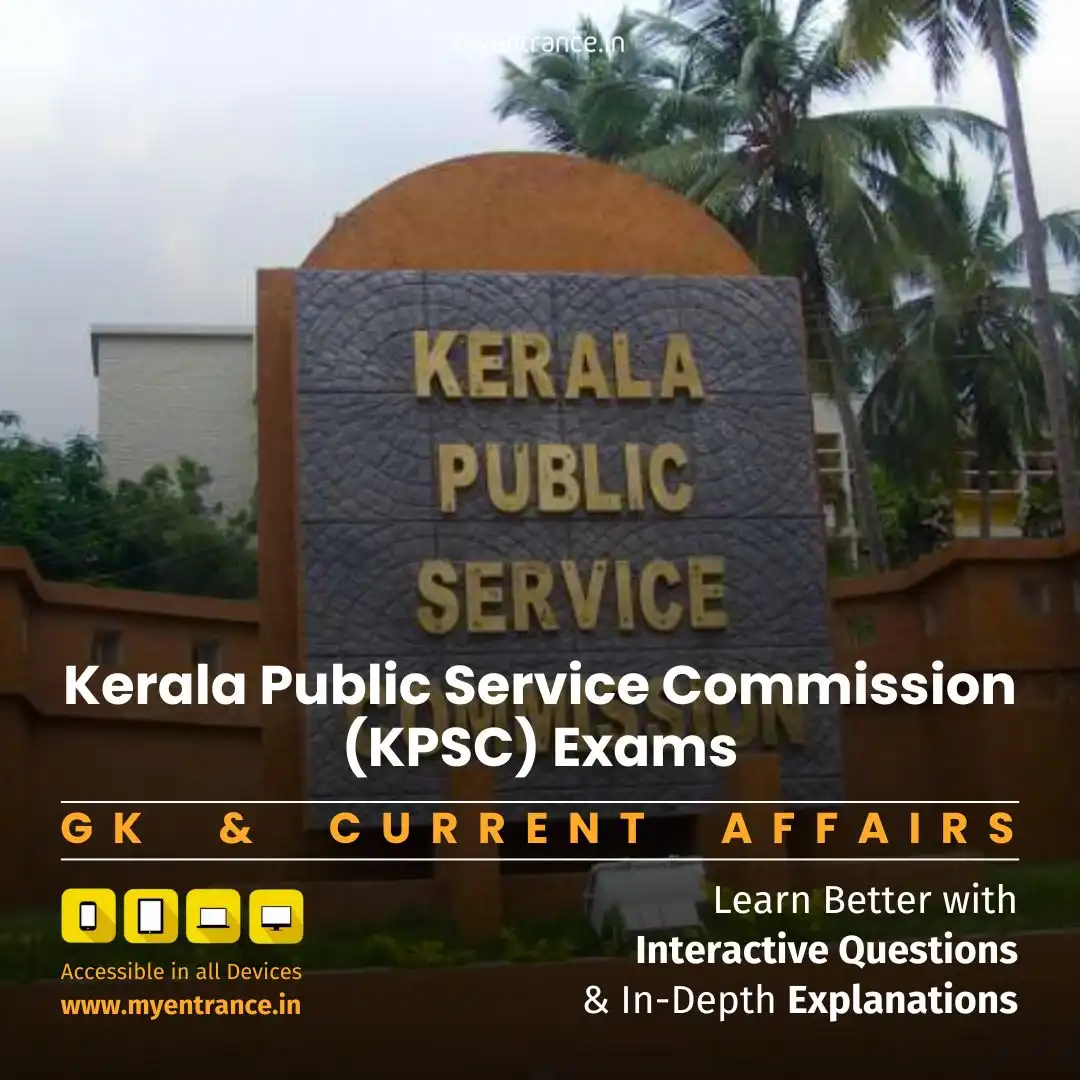Select Language
How India Became a Global Leader in Affordable Space Exploration: Exam Insights
India’s space journey, spearheaded by ISRO, began modestly but has now positioned the country as a global leader in affordable space exploration. With landmark missions like Chandrayaan, Mangalyaan, and Gaganyaan, India has demonstrated how innovation and cost-efficiency can redefine space science—an inspiring lesson for students preparing for SSC, PSC, NIFT, and other competitive exams.

Why This Matters for Exams:
Understanding India’s space achievements is crucial for competitive exams, as questions on ISRO, space technology, and scientific advancements frequently appear in general knowledge and current affairs sections. Aspirants preparing for government and design entrance exams must stay updated on key missions, innovations, and India’s role in global space exploration to score well.
The Early Days: Building a Foundation
India’s space ambitions took shape in 1962 with the formation of the Indian National Committee for Space Research (INCOSPAR), led by Dr. Vikram Sarabhai, the father of India’s space program. Key milestones include:
1975: Launch of Aryabhata, India’s first satellite.
1980s-90s: Development of indigenous launch vehicles like SLV and PSLV.
2024: Over 325 successful satellite launches, serving 30+ countries.
This journey wasn’t just about technological growth—it was about proving that a developing nation could compete with space giants like NASA and ESA.
The Cost-Efficiency Revolution
ISRO’s biggest advantage is its ability to execute missions at a fraction of global costs. Here’s how:
Affordable Launches: At $4,500 per kg, ISRO’s launch costs are less than half the global average.
Frugal Engineering: Reusing components, optimizing resources, and in-house R&D keep expenses low.
Mangalyaan’s Success: The Mars Orbiter Mission (2013) cost just $74 million—cheaper than a Hollywood movie!
This cost-effective model has made India a preferred partner for countries seeking reliable yet budget-friendly space solutions.
Innovation: The Secret Behind ISRO’s Success
ISRO’s engineers have mastered the art of “more with less” through:
Modular Rockets: The PSLV can be reconfigured for different missions.
Miniaturized Tech: Advanced yet compact electronics reduce payload weight.
SSLV (Small Satellite Launch Vehicle): Enables quick, low-cost launches for small satellites.
These innovations ensure that India remains competitive against private players like SpaceX.
Global Collaborations & Future Missions
ISRO’s partnerships have amplified its capabilities:
NASA-ISRO NISAR Mission (2025): A joint satellite to study Earth’s surface changes.
Aditya-L1 (2024): India’s first solar mission.
Gaganyaan (2025): India’s maiden human spaceflight program.
Such missions highlight India’s growing influence in space research and technology, a key topic for competitive exams.
Challenges & Opportunities
While ISRO excels, challenges remain:
Budget Constraints: Limited funding compared to NASA or ESA.
Private Competition: Companies like Skyroot Aerospace are entering the market.
Regulatory Hurdles: Balancing innovation with safety standards.
Yet, these challenges drive further innovation, ensuring India’s space program continues to thrive.
Sample Questions & Answers for Competitive Exams
Q1. Which was India’s first satellite, launched in 1975?
A1. Aryabhata
Q2. What was the cost of India’s Mars Orbiter Mission (Mangalyaan)?
A2. $74 million (cheaper than many Hollywood films)
Q3. Name ISRO’s upcoming human spaceflight mission.
A3. Gaganyaan (scheduled for 2025)
Q4. Which rocket is known as ISRO’s “workhorse” for satellite launches?
A4. PSLV (Polar Satellite Launch Vehicle)
Q5. What is the purpose of the Aditya-L1 mission?
A5. To study the Sun’s outermost layer (corona)
Most Predicted Questions
Comprehensive study materials, Expert-guided tips & tricks, Mock tests and instant results.
Start your SSC, NIFT, NID, FDDI, PSC journey today with MyEntrance, your ultimate online coaching platform.















